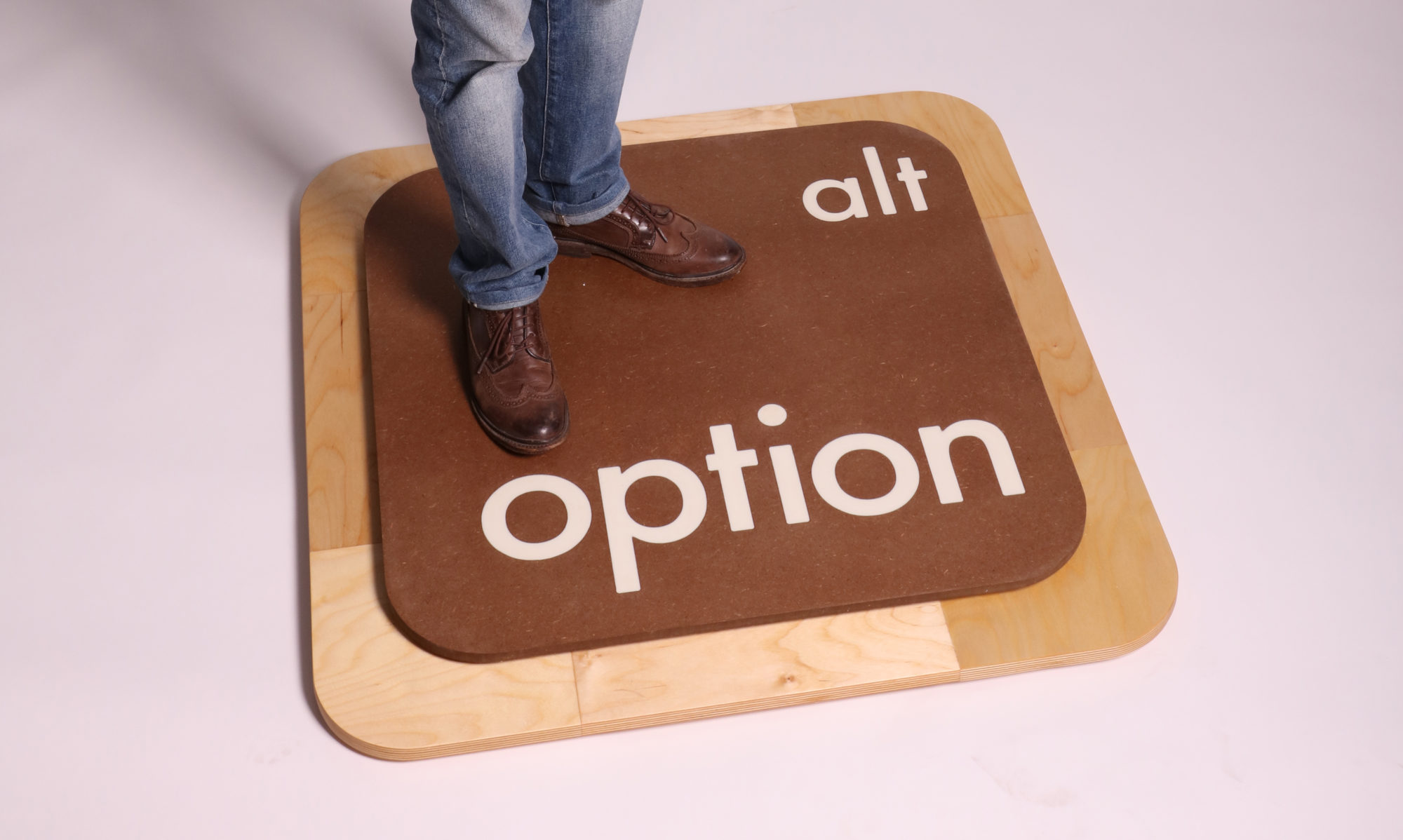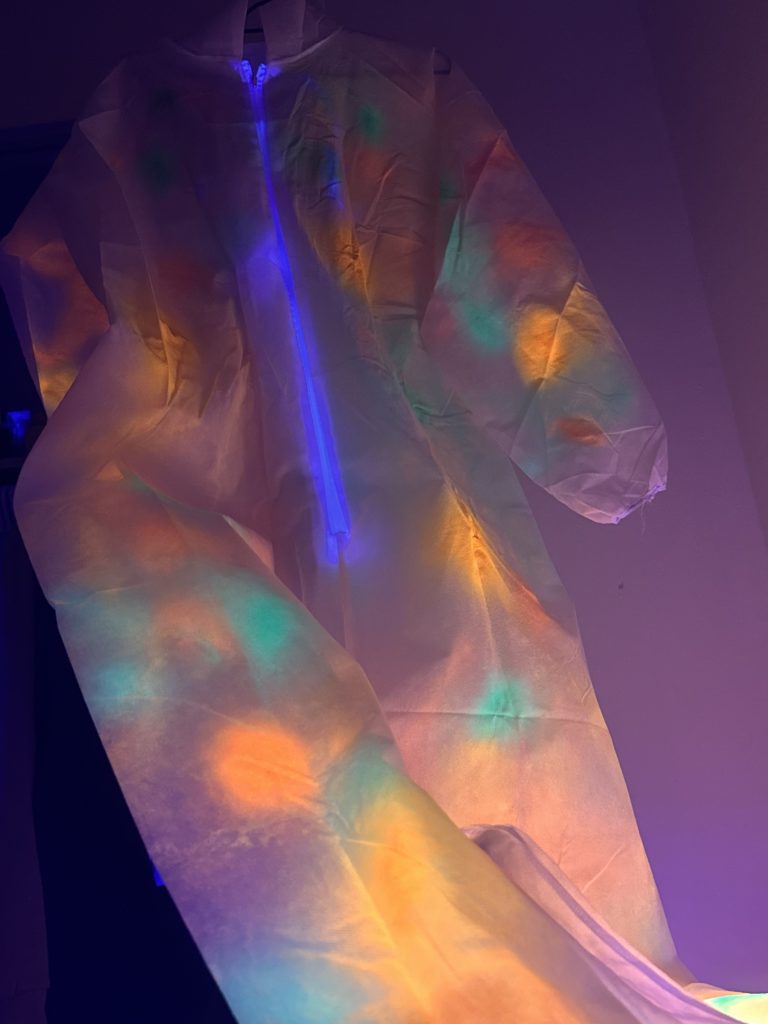List the games you have played or currently Play.
Anywhere from EAFC24 to Delta Force Hawk down to Black Ops 6, black Myth Wukong.
In Your Opinion what should every game have?
Every game, in my opinion: Engaging gameplay where the mechanics should be intuitive yet challenging, keeping players invested and pushing them to improve. A compelling story and and imaginative driving story and a great user interface. As for why I enjoy soccer and FPS games, it’s because they offer a perfect blend of skill, strategy, and adrenaline. Soccer games capture the excitement and unpredictability of real-life matches, allowing for creative plays and teamwork. FPS games, on the other hand, provide intense, fast-paced action that requires quick reflexes and strategic thinking. Both genres offer a competitive edge and a sense of accomplishment when you master the mechanics.
Can you apply the three-act structure to your favorite game? What is its pacing and how long do you find yourself in each act?
Applying the three-act structure to a favorite game, especially in genres like soccer or FPS, can be a bit unconventional since these games often prioritize gameplay over narrative. But if you were to apply the 3-act structures: 1. Setup (Pacing And Gameplay) Setting up a match, choosing teams, picking strategies, etc. And starting to get a feel for the gameplay of your opponent and adjusting accordingly. 2. Confrontation: This spans the majority of the game time where players go back and forth trying to score goals and defend against their attacks the momentum and pacing vary. 3.Resolution: The final moments of the match are often the most frantic. This act is fast-paced, typically lasting a few minutes at most. It is either a last-ditch effort to win, a desperate attempt to catch up, or a struggle to maintain a lead. The act ends with either a victory, defeat, or draw, depending on how well you and your team performed.
When coming up with ideas where do you find you start, with the metaphor or the mechanic?
The mechanic leads me into the metaphor I sometimes like to work backward into idea .
Over the course of this semester, who would you like to collaborate with and why?
I have not decided yet and would keep an eye out for other classmates and see if we have anything we can work on together.

